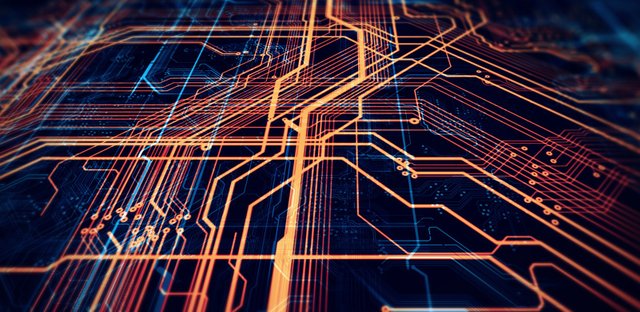News From The Dev Fields
Although not a lot of time has passed since the ICO was closed, Faceter team managed not only to complete the tokens’ distribution and prepare for listing but has also made a significant progress in core development.
We are currently focused on research and testing of the groundwork in the field of machine learning as it plays a vital role in the whole project. Neural networks allow both to recognise objects and extract additional information, such as gender, age, race, etc. Therefore, the efficiency of the whole network depends on the quality of the recognition algorithm. Recently we rewrote the face recognition algorithms based on the SSD (single shot detector), which allowed to increase the detection rate up to 180 FPS. The core census led to the reduction of the minimum system requirements for processing the data, which means that more people can participate in the hardware submitting and FACE mining.
The test results of the latest machine learning improvements can be seen on the images below. According to the tests, from the very beginning of the development process, the quality of recognition has become almost 10–15% better. It will reduce the probability of a system false response to the smallest rate ever reached during development.
Also, we work to expand the training dataset and retrain the main recognition network. Here is an example of learning process of one of our tested architectures:
.png)




The red dots on the image are so-called positive pairs or those pairs of faces that belong to the same person. In this case, the distance between the dots should be as small as possible. The blue dots are negative pairs or pairs of faces that belong to different people. The distance between them should be as big as possible. It is worth noting, that the distance between the cluster of red and blue dots should be large and as clean as possible. This means that the network identifies the same (red dots) and different faces (blue one).
Moreover, the face clustering algorithm was rewritten to improve the recognition quality. This algorithm is based on the HDBSCAN. Here is how HDBSCAN works:
.jpg)
Indeed, our technical team carried out a deep refactoring of the architecture for the use of modules within the decentralised system.
Also, in the nearest future, we will participate in NIST Facial Recognition Challenges.
We hope you will continue to follow development within the Faceter project because there are many important and exciting announcements ahead.
Yours,
Faceter team!
